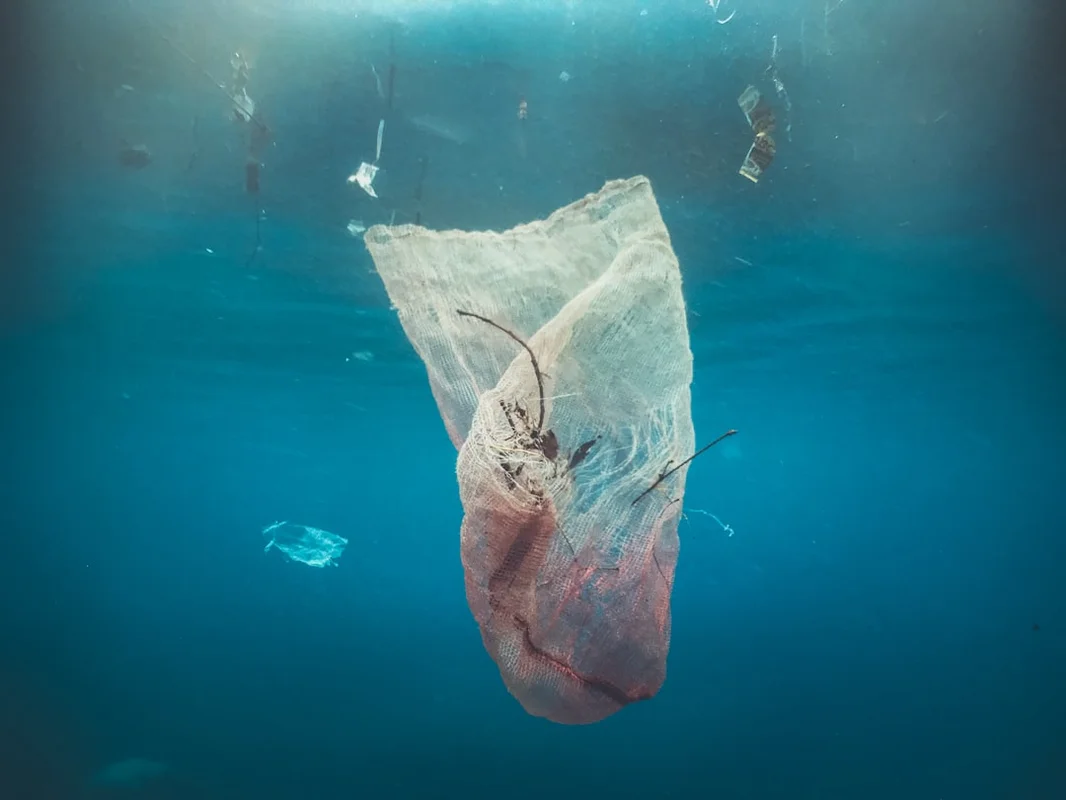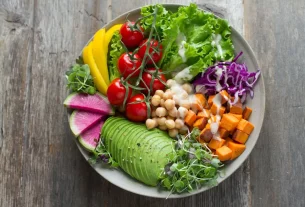Estimated Reading Time: 7 minutes
Estimated Reading Time: 7 minutes
WW‘re all striving to live healthier lives, right? We scrutinize food labels, hit the gym, and try to get enough sleep.
But have you ever stopped to consider the plastic lurking in your bathroom?
It’s everywhere, from shampoo bottles to toothbrushes, and the sheer volume can be a bit overwhelming.
The good news is, it’s absolutely achievable to reduce plastic in the bathroom, and it doesn’t require a complete overhaul of your life.
In fact, it can be a fun, empowering process! Let’s explore some practical, easy-to-implement strategies together.
Plastic waste poses a significant threat to our planet.
According to recent studies by the Environmental Protection Agency (EPA), plastic takes hundreds of years to decompose, often ending up in landfills, polluting oceans, and harming wildlife.
When it comes to our health, the chemicals found in plastics, especially those used in personal care products, can leach into the contents and, consequently, our bodies.
Reducing plastic in the bathroom is a small change with a big impact, benefiting both your health and the environment.
Think about it: shampoo, conditioner, body wash, face wash, hand soap, toothpaste, razors… the list goes on and on.
Many of these items are packaged in plastic, and because of their use and short lifespan, these items quickly become trash.
This constant flow of plastic waste isn’t sustainable, and it’s driving us to reconsider our habits.
It’s a problem we can address, one step at a time.
The key to successfully reducing plastic in the bathroom is making small, sustainable swaps.
Don’t try to change everything overnight; it’s about creating lasting habits. Here are some simple changes that will get you started:
One of the easiest swaps is transitioning to shampoo and conditioner bars.
These solid alternatives come with minimal or no packaging, often wrapped in recyclable cardboard or paper.
They last longer than their bottled counterparts and are often formulated with natural ingredients.
Plus, think about how much space you’ll save in your shower!
Plastic toothbrushes contribute significantly to plastic waste. Bamboo toothbrushes are a fantastic eco-friendly alternative.
They’re biodegradable, and their handles can even be composted.
Pair this with biodegradable dental floss (often made from silk or corn-based materials), and you’ve made a huge difference in a small way.
Ditch the plastic soap dispensers and opt for solid soap bars. Look for soaps that come in paper packaging or are sold unwrapped.
Using a soap dish instead of keeping the soap on a wet surface will prolong its lifespan, and it looks much nicer, too.
Think of the lovely scents of your favourite bars!
If you use disposable cotton rounds for makeup removal or skincare, consider reusable cotton pads. They’re washable and a more sustainable option.
Additionally, choose makeup removers in glass bottles or solid balm formulations to further decrease the use of plastic.
Many brands offer makeup remover and cleaners in solid form nowadays.
Disposable plastic razors are a significant source of waste. Switch to a safety razor or a razor with replaceable metal heads.
While the initial investment may be higher, they last much longer and produce significantly less waste.
Furthermore, a safety razor gives a closer, cleaner shave.
Deodorant sticks are notorious for their plastic packaging. Consider a deodorant that comes in a recyclable container or one that can be refilled.
You can also explore deodorants packaged in paper tubes.
Wherever possible, buy in bulk to reduce packaging waste. Look for refill options at your local health food store or zero-waste shop.
This not only cuts down on plastic but can also save you money in the long run. This also supports local businesses!
Beyond these specific product swaps, reducing plastic in the bathroom is also about rethinking your daily habits.
Let’s dive deeper into some habits that can help us towards a healthier home.
Before you purchase anything, take a moment to consider the packaging. Is it necessary? Can you choose a product with less packaging?
Supporting brands committed to sustainable practices encourages others to follow suit.
Read labels carefully and research brands that are conscious of their environmental impact.
Get creative with what you already have. Empty glass jars can be repurposed to store cotton swabs, hair ties, or other small items.
Plastic containers, once cleaned thoroughly, might find a new life as storage for items that can’t get wet, such as jewelry.
Upcycling helps you get the most out of your items and reduces waste.
The more you learn about the impact of plastic waste, the more motivated you’ll be to make changes. Share your knowledge with friends and family.
It can be empowering to create a ripple effect of positive change.
Consider bringing reusable shopping bags or encouraging others to join the journey of reducing plastic in the bathroom.
Remember, the journey to a plastic-free bathroom is a process, not a perfection contest.
There will be times when you use products in plastic packaging, and that’s okay. The goal is progress, not instant transformation.
Every small swap you make contributes to a healthier planet and a healthier you.
By focusing on “how to reduce plastic in the bathroom,” you are creating a better future.
The benefits of reducing plastic in your bathroom go beyond environmental impact. You might find that you’re using more natural, healthier products.
You’ll likely have fewer chemicals in your home, and, in the long run, your waste will be less.
Starting the process can be as easy as making one change per month. Perhaps the first month you switch to a shampoo bar.
Then, when your toothbrush needs replacing, switch to bamboo. Over time, these small steps add up, and you’ll realize you’ve come a long way.
Consider this: imagine your bathroom, a sanctuary of relaxation and self-care, also being a symbol of your commitment to a healthier planet.
It’s an achievable goal. So, why not begin your transformation today?
Ready to take the next step? Join our newsletter for weekly health tips!
Frequently Asked Questions
What are the biggest sources of plastic waste in the bathroom?
The most significant contributors to plastic waste in the bathroom include shampoo and conditioner bottles, body wash containers, plastic toothbrushes, disposable razors, and packaging from skincare products. These items are frequently used and discarded, leading to a substantial accumulation of plastic waste. Many people often don’t realize how often they replace the items and the scale of this impact.
How can I find out if a product’s packaging is truly recyclable?
Look for the recycling symbol with a number inside, indicating the type of plastic. However, even with a recycling symbol, not all plastics are readily recyclable in every area. Check with your local waste management service to determine what types of plastic they accept. Consider choosing products with packaging that’s made of materials like glass, aluminum, or cardboard to prevent plastic waste, such as soaps.
Are bamboo toothbrushes as effective as plastic toothbrushes?
Yes, bamboo toothbrushes are just as effective as plastic toothbrushes in cleaning teeth. The bristles are typically made of nylon, the same material used in most plastic toothbrushes. The key difference is the handle, which is made from biodegradable bamboo. This switch drastically reduces plastic waste. Ensure you’re using the right type of bristles for your teeth and oral health!
Where can I find package-free or refillable products for my bathroom?
Look for local zero-waste stores, health food stores, and some larger retailers that are starting to offer package-free options. Farmers’markets and craft fairs can also be excellent sources for handmade soaps, shampoos, and other personal care products without excess packaging. Also, explore online marketplaces that specialize in eco-friendly products. Many online retailers offer refill options that are both environmentally sound and can save you money.
What if I can’t find a plastic-free alternative for a specific product I use?
If you can’t find a plastic-free alternative immediately, focus on making other changes first. When your usual product runs out, research whether there are more sustainable options available. Contact the manufacturer and ask about their plans to reduce packaging or offer refills. If it’s impossible to find a replacement product, make sure you’re recycling the plastic packaging properly to minimize its environmental impact. Every bit helps, and small steps build towards larger changes.




